Even though our stint in the Kansai region was based in Osaka, we didn’t actually do that much here. It all boils down to two places: the Namba district (where Dotonbori and Shinsaibashi shopping arcade meets) and the Osaka Aquarium.


When we arrived on a Sunday night, Dotonbori far exceeded expectations, but not in a positive way. The streets were absolutely jammed with pedestrians as far as the eye can see in every direction. Having been born China, I know a thing or two about crowds, but I don’t think anything could’ve prepared me for this. After worming through the claustrophobic nightmare that is Don Quixote, I was quite done with the place.

When I returned a couple of days later on a weekday evening, the crowd wasn’t as extreme, at which point it was possible to take in the street food and the over-the-top signs on the buildings.

Shops in Japan tend to close early, but Dotonbori has definitely missed that memo. Still, must confess that we are not the most appreciative of nightlife and lively crowds, so these well-known appeals of Osaka are rather lost on us.
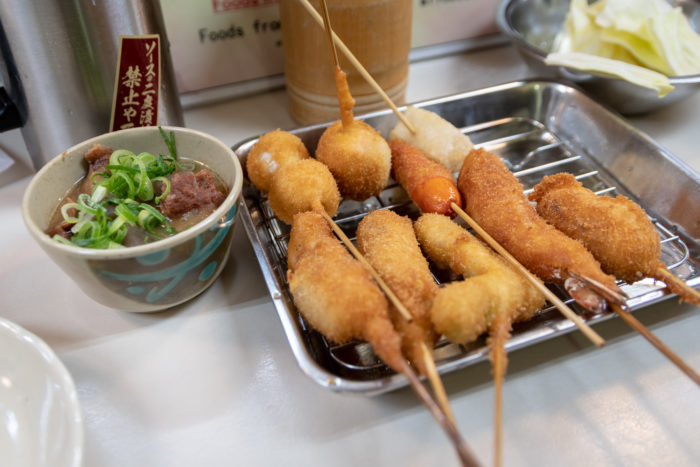
Special mention goes to Kushikatsu, an Osakan specialty that’s essentially “breaded stuff fried on a stick”. To my surprise, these deep fried sticks were not oily at all, even after downing an entire platter. Each skewer is dunked into a vat of sauce that’s a bit like thinned-down tonkatsu sauce, and I just couldn’t stop.

We only had it once because we wanted to check off as many different dishes on our food to-do list as possible, but I would definitely eat this again should the opportunity arise.



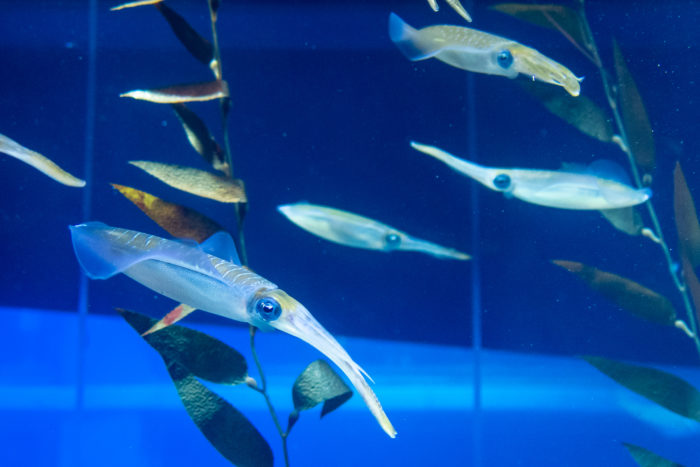

During the day, we hit up the Osaka Aquarium, known for their whale sharks, which are housed in a massive central tank along with many other types of sharks, rays, and other smaller fish. Along with some other tanks, the central tank is several stories tall. As the visitors descend lower into the building, they are greeted by new sights from a different perspective of the same tank. It’s a very interesting layout.
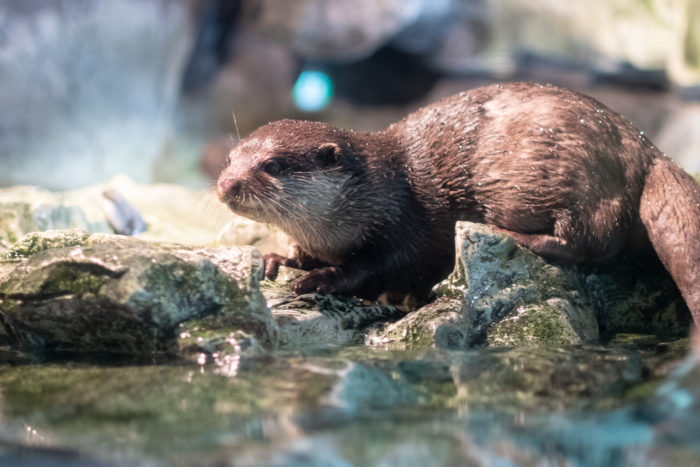

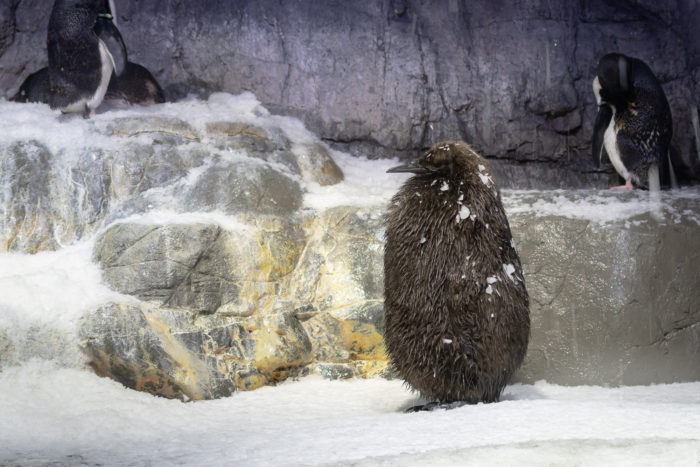

Also housed in the aquarium are mammals such as dolphins, sea lions, otters, and some very rotund seals. There are also capybaras there some some strange reason, though the locals seem quite enamoured with the giant rodents. The most comfortable inhabitants have to be the penguins, who look quite at home on beds of ice flakes above water, or darting with surprising speed underneath it.
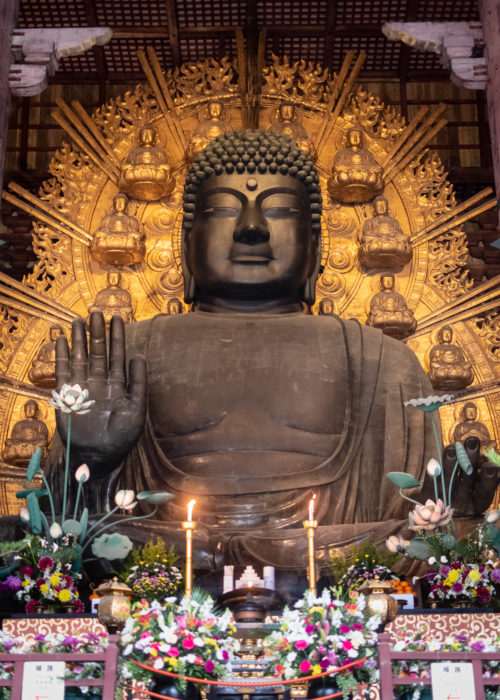

We also took a side trip to Nara, which was cut short by heavy rain. We managed to see Todai-ji and the massive buddha statue housed within, which is every bit as imposing as its 49.1 ft height suggests.

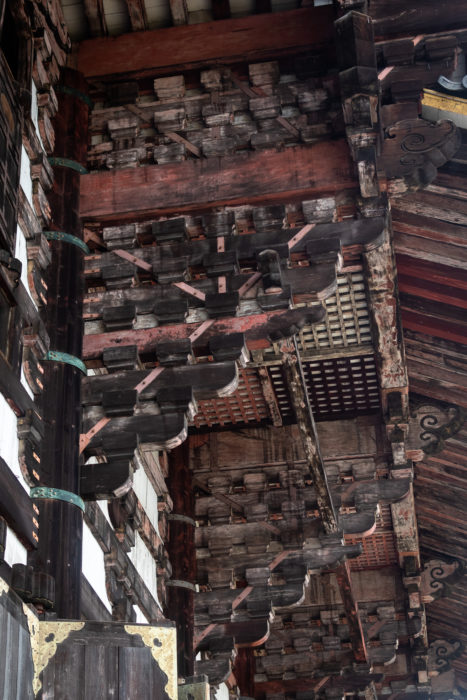
Todai-ji also happens to be the largest wooden structure in the world, a fact I did not know until after the visit. I did appreciate the unvarnished woodwork on the massive temple, gives the building a lot of character.

However, the most memorable part of the trip to Nara was our assault by the local wild deer. The most belligerent examples were loitering near the deer cracker vendors. As soon as we had the crackers in hand, they were upon us. We had known that the deer are known to be impatient, but I just wanted to re-position ourselves for a photo feeding the deer. Little did I know that we would bumped and bitten when we showed the slightest reluctance to relinquish the crackers.

Rather than feeding the deer, it would be more accurate to say that we were mugged. I walked out the the ordeal mildly amused, but I’m afraid the wife will never view the deer of Nara as anything other than pure evil.

It’s too bad that Nara got rained out, because the large central park did seem nice. The deer probably would’ve been friendlier if there was an abundance of visitors handing out food. Maybe we’ll visit on a future trip, but join us next time for Kyoto!

